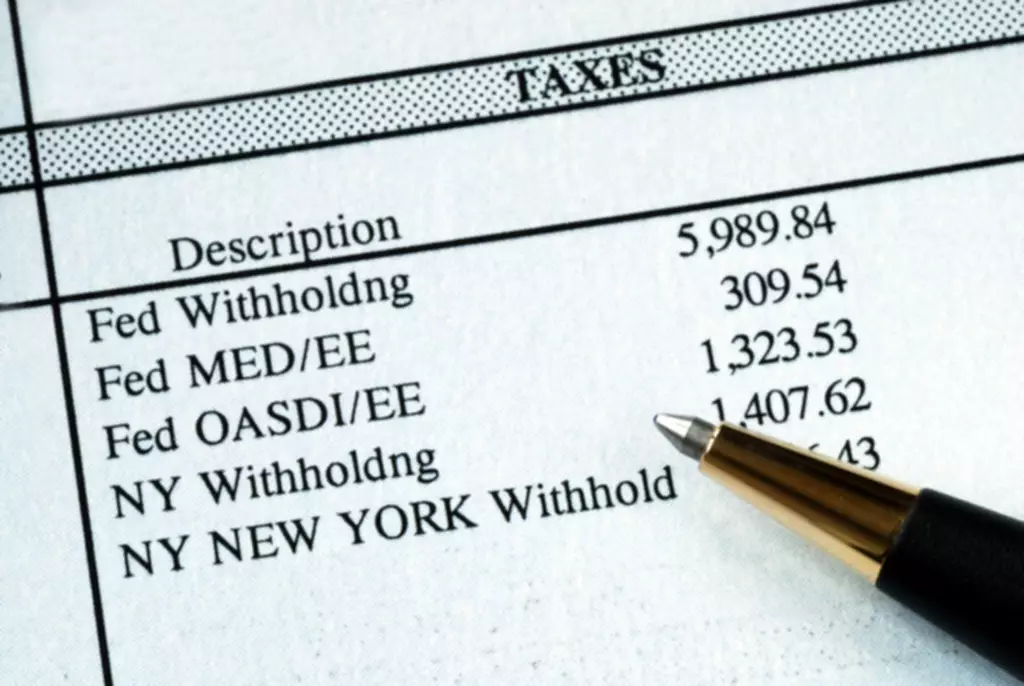- On 2021 augusztus 20, péntek
- In Bookkeeping
- Tags
How to Calculate Total Assets, Liabilities, and Stockholders’ Equity The Motley Fool
Content

It is also known as “owners’ equity” or “shareholders’ equity” . In a corporate setting, how to calculate total equity there are two basic types of equity such as common stock and preferred stock.

Businesses might buy back shares in the final seconds of the accounting period, an internal transaction known as a share repurchase. It involves a corporation purchasing its shares in the open market. Equity represents the amount invested by equity shareholders, which is included in the balance sheet. We must take into account both the beginning and ending points of the shareholders’ equity to calculate the average. Using those two numbers, we can compute the average shareholders’ equity using a simple average. The purpose of the equity ratio is to estimate the proportion of a company’s assets funded by proprietors, i.e. the shareholders. Calculating total assets lets small business owners know if they’re able to repay their debts.
Return on Equity vs. Return on Assets
Alternatively, it can be derived by starting with the company’s Enterprise Value, as shown below. FREE INVESTMENT BANKING COURSELearn the foundation of Investment banking, financial modeling, valuations and more.
Condensed Consolidated Financial Statements – Form 8-K – InsuranceNewsNet – Insurance News Net
Condensed Consolidated Financial Statements – Form 8-K – InsuranceNewsNet.
Posted: Fri, 02 Dec 2022 21:58:10 GMT [source]
All such information is provided solely for convenience purposes only and all users thereof should be guided accordingly. Advisory services provided by Carbon Collective Investment LLC (“Carbon Collective”), an SEC-registered investment adviser. The equity ratio for this company would be 20% ($10,000 / $50,000). When a large amount of cash is recorded on the balance sheet, it’s generally a good sign as it offers protection during business slow-downs and provides options for future growth.
Shareholders’ Equity
Get instant access to video lessons taught by experienced investment bankers. Learn financial statement modeling, DCF, M&A, LBO, Comps and Excel shortcuts. Still, as a general rule of thumb, most companies aim for an equity ratio of around 50%. Intangible assets such as goodwill are normally excluded from the calculation https://www.bookstime.com/ of the ratio, as reflected in the formula. While the ratio cannot determine the optimal capital structure of a company, it can bring attention to an unsustainable reliance on debt financing which may soon lead to default . A liability is what a business owes, such as business loans, taxes owing or operating expenses.
- And their restated effective tax rate is around 23 or 24%.
- However, there are industries where a high D/E ratio is typical, such as in capital-intensive businesses that routinely invest in property, plant, and equipment as part of their operations.
- ROAE is calculated to determine the performance of an entity.
- A potential lender will also want to know the value of a business’s assets as they can be used as leverage to get a new loan, according to the Houston Chronicle.
- For IFRS-based international companies you can just take the unfunded portion, and you don’t have to tax adjust it because contributions tend not to be tax deductible.
